

Articles
What Is A Light Bulb Cover Called
Modified: September 2, 2024
Discover the name for a light bulb cover called, and explore informative articles on various types of light bulb covers and their functions.
(Many of the links in this article redirect to a specific reviewed product. Your purchase of these products through affiliate links helps to generate commission for Storables.com, at no extra cost. Learn more)
Introduction
Light bulbs are a common feature in every household and commercial space. But have you ever wondered what covers those bulbs, protecting them and enhancing their appearance? In this article, we will explore the fascinating world of light bulb covers, also known as lamp shades or light fixtures.
A light bulb cover, as the name suggests, is a protective covering that is placed over a light bulb to diffuse and control the light emitted. It serves both functional and aesthetic purposes, making it an essential component of any lighting setup.
Light bulb covers come in a variety of shapes, sizes, and materials, allowing you to customize the lighting in your space to fit your needs and preferences. From elegant chandeliers to simple desk lamps, each light fixture has a unique cover that adds character and style to the overall design.
Throughout this article, we will delve deeper into the different types of light bulb covers, their purposes, common materials used, tips on choosing the right cover, installation and maintenance guidelines, as well as safety considerations.
Whether you’re a lighting enthusiast looking to upgrade your current fixtures, or simply curious about the world of light bulb covers, this article will provide you with valuable insights and guidance. So let’s get started and shed some light on what a light bulb cover is all about!
Key Takeaways:
- Light bulb covers, also known as lamp shades or light fixtures, serve the dual purpose of diffusing and controlling light while adding style and personality to any space. They come in various types, materials, and designs, allowing for customization to meet specific lighting needs and aesthetic preferences.
- When choosing a light bulb cover, factors such as lighting needs, style, size, light output, functionality, safety, and personal preference should be considered. Proper installation, maintenance, and adherence to safety guidelines are essential to ensure the functionality, longevity, and safety of light bulb covers.
Read more: What Is A Patio Cover Called
Definition of a Light Bulb Cover
A light bulb cover, also referred to as a lamp shade or light fixture, is a protective covering that is placed over a light bulb to control and diffuse the light emitted. It is designed to enhance the functionality and aesthetic appeal of the lighting fixture, while also providing safety and protection.
The primary purpose of a light bulb cover is to modify the intensity, direction, and color of the light emitted by the bulb. This is achieved through various design elements such as shape, material, and texture. By directing and diffusing the light, the cover helps to create a desired ambiance and lighting effect in a room.
The shape of the light bulb cover can significantly impact the type of light produced. For example, a conical-shaped cover directs the light downward, making it ideal for task lighting, while a spherical cover disperses the light in all directions, providing general illumination.
Light bulb covers are available in a wide range of materials, including glass, fabric, plastic, metal, and paper. Each material has its unique features and characteristics that contribute to the overall look and functionality of the cover. For instance, glass covers are known for their durability and ability to evenly distribute light, while fabric covers can add a soft and diffused glow to the surroundings.
In addition to controlling the light, a light bulb cover also serves as a decorative element, adding style and personality to the lighting fixture and the space it occupies. Whether it’s a sleek and modern design, a vintage-inspired look, or a whimsical and colorful cover, there are countless options available to suit various interior design styles and preferences.
Overall, a light bulb cover plays a crucial role in shaping the lighting experience in a room. It not only protects the bulb from dust and damage but also allows individuals to customize the lighting to create the desired ambiance and mood. By selecting the appropriate cover, you can transform a simple light bulb into a captivating and functional lighting fixture.
Purpose of a Light Bulb Cover
The primary purpose of a light bulb cover is to serve as a functional and decorative element in a lighting setup. Let’s explore the various purposes a light bulb cover fulfills:
1. Diffusion: One of the main purposes of a light bulb cover is to diffuse the harsh light emitted by the bulb. By covering the bulb with a shade or fixture, the light is scattered and softened, creating a more pleasant and comfortable lighting environment. Diffused lighting helps reduce glare, eye strain, and shadows, providing a more even and balanced illumination.
2. Directional Control: Light bulb covers also enable control over the direction of the light. Different cover designs and shapes allow for targeted illumination, whether it’s focusing light downwards for task lighting, or directing it upwards to create indirect or ambient lighting. This control over light direction enhances both functionality and aesthetics in a space.
3. Light Color and Temperature: The choice of light bulb cover can significantly influence the color and temperature of the light emitted. Some covers are designed to filter the light, resulting in warmer or cooler tones. This customization allows for the creation of specific moods and atmospheres within a room, such as warm and cozy for relaxation or cool and bright for focused work.
4. Safety and Protection: Light bulb covers also provide a layer of safety and protection. They act as a barrier, shielding the bulb from direct contact and preventing accidental burns or injuries. Additionally, covers help to keep dust, debris, and insects away from the bulb, ensuring its longevity and optimal performance.
5. Aesthetics and Decor: Perhaps the most noticeable purpose of a light bulb cover is its ability to enhance the overall aesthetic appeal of a lighting fixture and the surrounding space. With a vast array of designs, shapes, materials, and colors available, a light bulb cover can add a decorative touch and complement the interior design style of a room. It can serve as a focal point or a subtle accent, adding character and visual interest to the lighting setup.
In summary, the purpose of a light bulb cover goes beyond simply covering and protecting the bulb. It transforms the light emitted, allowing for diffusion, directional control, and customization of light color and temperature. Additionally, it ensures safety, longevity, and optimal performance of the bulb. Furthermore, a light bulb cover adds a decorative element, contributing to the overall aesthetic and ambiance of a space.
Different Types of Light Bulb Covers
Light bulb covers come in a variety of types, each offering unique features and benefits. Let’s explore some of the most common types:
1. Lamp Shades: Lamp shades are perhaps the most well-known type of light bulb covers. They are typically made of fabric, paper, or glass and come in various shapes, such as drum, empire, bell, and cone. Lamp shades are designed to diffuse and direct the light, providing a soft and ambient illumination. They are commonly used in table lamps, floor lamps, and chandeliers, adding a touch of elegance and style to the lighting fixture.
2. Glass Globes: Glass globes are spherical or rounded covers made of glass. They are often used in ceiling light fixtures and pendant lights. Glass globes come in different finishes, such as frosted or clear, and they can be textured or patterned to create interesting lighting effects. They provide a wide and even distribution of light, making them suitable for general lighting purposes.
3. Candle Covers: Candle covers are typically used in chandeliers or wall sconces that mimic the appearance of candle flames. These covers are usually made of plastic or resin and come in various colors and designs. Candle covers add a decorative touch and help create a cozy and traditional lighting atmosphere.
4. Light Panels: Light panels, also known as diffusers, are used in fluorescent light fixtures or LED troffers. These covers are made of acrylic or polycarbonate materials and are designed to evenly distribute the light while reducing glare. Light panels come in standard sizes and can be customized to fit specific fixtures.
5. Clip-On Shades: Clip-on shades are versatile covers that can be attached directly to the light bulb. They are commonly used in wall sconces and small accent lamps. Clip-on shades are available in various materials, including fabric, metal, and plastic, and they come in different shapes and sizes to fit different bulb types.
6. Pendant Light Shades: Pendant light shades are similar to lamp shades but are typically larger in size. They are commonly used in pendant light fixtures that hang from the ceiling. Pendant light shades can be made of various materials, such as glass, metal, or fabric, and they come in different shapes and designs, allowing for a customized and stylish lighting solution.
7. Chandelier Shields: Chandelier shields are specialized covers used to protect chandelier bulbs from dust, insects, and accidental contact. These covers are typically made of plastic or resin and are designed to fit over individual chandelier bulbs. Chandelier shields come in various shapes and sizes to accommodate different bulb types and chandelier designs.
These are just a few examples of the different types of light bulb covers available. Each type offers its unique features and functionality, allowing you to customize and enhance your lighting setup to suit your style and needs.
Common Materials Used for Light Bulb Covers
Light bulb covers are made from a variety of materials, each with its unique characteristics and benefits. Here are some of the most common materials used for light bulb covers:
1. Glass: Glass is a popular material for light bulb covers due to its durability and ability to evenly distribute light. It can be clear, frosted, or textured to create different lighting effects. Glass covers are commonly used in pendant lights, chandeliers, and ceiling fixtures, lending an elegant and timeless appeal to the lighting setup.
2. Fabric: Fabric covers provide a soft, diffused glow and can add a touch of elegance and warmth to a space. Common fabrics used for light bulb covers include linen, silk, cotton, and organza. Fabric covers come in a variety of colors, patterns, and textures, allowing for endless design possibilities. They are often found in table lamps, floor lamps, and pendant lights, creating a cozy and inviting atmosphere.
3. Plastic: Plastic is a versatile and cost-effective material used for light bulb covers. It is lightweight, easy to shape, and comes in a range of colors and finishes. Plastic covers are often used in modern and contemporary lighting fixtures, adding a sleek and minimalist touch to the design. They are also durable and resistant to breakage, making them suitable for outdoor and high-traffic areas.
4. Metal: Metal covers, such as aluminum, brass, or stainless steel, are known for their durability and ability to withstand heat. Metal covers can be polished, brushed, painted, or textured to create different visual effects. They are commonly used in industrial-style fixtures, pendant lights, and wall sconces, adding a touch of sophistication and a modern edge to the lighting setup.
5. Paper: Paper covers, often referred to as paper lanterns, are lightweight and create a soft, diffused light. They are commonly used for temporary or festive lighting solutions, such as outdoor parties or events. Paper covers come in various shapes, sizes, and patterns, adding a whimsical and decorative element to the lighting setup.
6. Resin: Resin is a synthetic material that can mimic the appearance of other materials like glass or stone. It is lightweight, durable, and available in various finishes and colors. Resin covers are commonly used in contemporary or eclectic lighting fixtures, adding a touch of creativity and artistic flair.
These are just a few examples of the common materials used for light bulb covers. Each material offers its unique features and benefits, allowing you to choose a cover that matches your desired style, lighting needs, and budget.
A light bulb cover is commonly referred to as a “light bulb shade” or “light bulb diffuser.” It helps to diffuse and soften the light emitted from the bulb, creating a more pleasant and ambient lighting effect.
Read more: What Is A Covered Patio Called
How to Choose the Right Light Bulb Cover
Choosing the right light bulb cover is crucial for creating the desired ambiance and functionality in your space. Here are some factors to consider when selecting a light bulb cover:
1. Purpose and Lighting Needs: Determine the purpose of the lighting fixture and the lighting needs of the space. Are you looking for general, ambient lighting or focused task lighting? Understanding your specific lighting requirements will guide you in selecting a cover that diffuses the light appropriately and meets your desired lighting needs.
2. Style and Aesthetic: Consider the overall style and aesthetic of the space. Do you prefer a modern, contemporary look or a traditional, vintage design? The light bulb cover should complement the existing decor and contribute to the overall aesthetic appeal. Take into account the shape, color, and material of the cover to ensure it aligns with your desired style.
3. Size and Proportions: Pay attention to the size and proportions of the light bulb cover. Consider the size of the bulb, the fixture, and the space where the lighting will be installed. A cover that is too small may look disproportionate, while one that is too large may overpower the fixture and the surrounding area. Ensure that the cover fits properly and allows for optimal light distribution.
4. Light Output and Color: Consider the desired light output and color temperature. Different materials and designs can affect the intensity, warmth, or coolness of the light emitted. For instance, a frosted glass cover may soften the light and create a warm ambiance, while a transparent cover may provide a brighter, cooler light. Choose a cover that aligns with your desired lighting atmosphere.
5. Functionality and Maintenance: Consider the practical aspects of the light bulb cover. Is it easy to clean and maintain? Some materials may require more frequent cleaning or be more susceptible to damage. Additionally, consider the ease of installation and any specific maintenance requirements for the cover.
6. Safety Considerations: Ensure that the light bulb cover meets safety standards and is suitable for the intended use. Check for proper ventilation to prevent heat buildup and make sure the cover is made from fire-resistant materials. Additionally, consider any specific safety requirements for the location where the fixture will be installed, such as damp or outdoor-rated covers.
7. Personal Preference: Finally, trust your personal preference and gut instinct. Choose a light bulb cover that resonates with your style, taste, and vision for the space. It’s your opportunity to express your creativity and personality while creating a well-lit and aesthetically pleasing environment.
By considering these factors and taking your time to explore different options, you can choose the right light bulb cover that not only enhances the functionality of the lighting but also adds beauty and style to your space.
Installation and Maintenance of Light Bulb Covers
Proper installation and maintenance of light bulb covers are essential to ensure their functionality, longevity, and safety. Here are some guidelines to follow:
1. Read the Instructions: Before installing the light bulb cover, carefully read the manufacturer’s instructions. These instructions will provide specific guidance on how to install and maintain the cover correctly. Following the instructions will ensure the cover is installed safely and performs as intended.
2. Turn off Power: Before installing or removing a light bulb cover, always turn off the power to the lighting fixture. This will prevent any potential electrical hazards and ensure your safety during the installation process.
3. Clean the Cover: Regularly clean the light bulb cover to maintain its appearance and functionality. Use a soft cloth or duster to remove dust and debris from the cover’s surface. For more stubborn stains or dirt, you can use a mild detergent or glass cleaner. Be sure to follow the manufacturer’s recommendations regarding cleaning agents and techniques, as some covers may be more sensitive to certain cleaners.
4. Check for Damages: Periodically inspect the light bulb cover for any signs of damage, such as cracks, chips, or discoloration. In case of damage, replace the cover immediately to prevent any safety hazards and ensure the proper functioning of the lighting fixture.
5. Replace Bulbs Safely: When replacing light bulbs, be cautious and follow proper safety procedures. Turn off the power, allow the bulb to cool down if it was recently on, and use gloves or a clean cloth to grip and remove the bulb. Carefully place the new bulb into the socket, ensuring it is securely fitted and aligned. If necessary, refer to the manufacturer’s instructions for specific bulb replacement guidelines.
6. Consider Professional Help: If you are unsure about how to install or maintain a light bulb cover, or if the fixture is complicated or requires electrical knowledge, it’s best to consult a professional electrician. They will have the expertise and experience to safely install, maintain, and troubleshoot any issues with your light bulb cover.
7. Follow Safety Guidelines: Always prioritize safety when working with light bulb covers. Ensure that the cover is compatible with the type and wattage of the bulb being used. Do not touch the cover or the bulb while they are turned on or immediately after use, as they may be hot and cause burns.
By following these installation and maintenance guidelines, you can enjoy a well-functioning and visually appealing light bulb cover while ensuring safety for yourself and others in your space.
Safety Considerations for Light Bulb Covers
While light bulb covers add beauty and functionality to your lighting fixtures, it is important to consider safety precautions when using them. Here are some key safety considerations:
1. Heat Dissipation: Light bulbs generate heat, especially incandescent and halogen bulbs. Ensure that the light bulb cover you choose allows for proper heat dissipation. If a cover restricts airflow or blocks ventilation, it can lead to excessive heat buildup and pose a fire risk. Always choose a cover that is designed to be used with the specific type and wattage of the bulb you are using.
2. Fire-Resistant Materials: Light bulb covers should be made from fire-resistant materials to minimize the risk of fire. Avoid covers made from flammable materials such as paper or fabric, especially if they will be in close proximity to the heat source. Instead, opt for materials like glass, acrylic, or heat-resistant plastics that are less likely to ignite or melt when exposed to high temperatures.
3. Proper Bulb Use and Wattage: Ensure you are using the appropriate bulb wattage for the light fixture and cover. Using a higher wattage bulb than recommended can cause overheating and potentially melt or damage the cover. Always adhere to the manufacturer’s guidelines for the maximum wattage that the cover can safely accommodate.
4. Secure Installation: Properly secure the light bulb cover to the fixture to prevent it from falling or becoming dislodged. Loose or unstable covers can potentially lead to accidents or damage. Follow the manufacturer’s instructions for installation and use any provided hardware, such as screws or clips, to securely attach the cover to the fixture.
5. Avoid Overcrowding: Avoid overcrowding the lighting fixture with objects or decorations that could interact with the light bulb cover. Keep flammable materials, such as curtains or paper, away from the fixture to prevent the risk of fire. Additionally, ensure that the cover has enough clearance from other objects to prevent heat buildup and facilitate proper airflow.
6. Regular Maintenance and Inspection: Regularly inspect the light bulb cover for any signs of wear, damage, or discoloration. Replace damaged covers immediately to prevent any safety hazards. Also, keep the cover clean and free from dust accumulation, as excessive dust can hinder proper ventilation and potentially cause overheating.
7. Follow Manufacturer’s Guidelines: Always follow the safety guidelines and recommendations provided by the manufacturer of both the lighting fixture and the light bulb cover. They will have specific instructions on proper use, maintenance, and safety precautions for their products. Adhering to these guidelines will help ensure safe usage and minimize any potential risks.
By considering these safety considerations and following the appropriate precautions, you can enjoy the benefits of light bulb covers while maintaining a safe environment for yourself and others.
Conclusion
Light bulb covers, also known as lamp shades or light fixtures, play a significant role in enhancing the functionality, aesthetics, and safety of your lighting setup. These covers not only diffuse and control the light emitted by the bulb but also add style and personality to your space.
Throughout this article, we have explored the definition of light bulb covers and their importance in shaping the lighting experience. We discussed the different types of covers, including lamp shades, glass globes, candle covers, light panels, clip-on shades, pendant light shades, and chandelier shields.
We also examined the common materials used for light bulb covers, such as glass, fabric, plastic, metal, paper, and resin. Understanding the characteristics and benefits of each material allows you to make an informed choice that aligns with your desired style and lighting needs.
Choosing the right light bulb cover involves considering factors such as the purpose of the lighting fixture, the style and aesthetic of the space, the size and proportions of the cover, the desired light output and color, functionality and maintenance requirements, safety considerations, and personal preferences.
When installing and maintaining light bulb covers, it is vital to follow proper instructions, turn off power, clean the covers regularly, check for damages, safely replace bulbs, and seek professional help if needed. Safety should always be a priority to prevent any electrical hazards or accidents.
In conclusion, light bulb covers offer a practical and artistic solution to enhance your lighting fixtures. They transform the quality, direction, and ambiance of the light while adding style and visual interest to your space. By choosing the right cover and practicing proper installation and maintenance, you can create a well-lit and aesthetically pleasing environment while ensuring safety and functionality.
Whether you’re looking to upgrade your current light fixtures or embark on a new lighting project, light bulb covers are an essential component that should not be overlooked. Embrace the versatility and beauty they bring, and enjoy the enhanced lighting experience they provide in your everyday life.
Frequently Asked Questions about What Is A Light Bulb Cover Called
Was this page helpful?
At Storables.com, we guarantee accurate and reliable information. Our content, validated by Expert Board Contributors, is crafted following stringent Editorial Policies. We're committed to providing you with well-researched, expert-backed insights for all your informational needs.
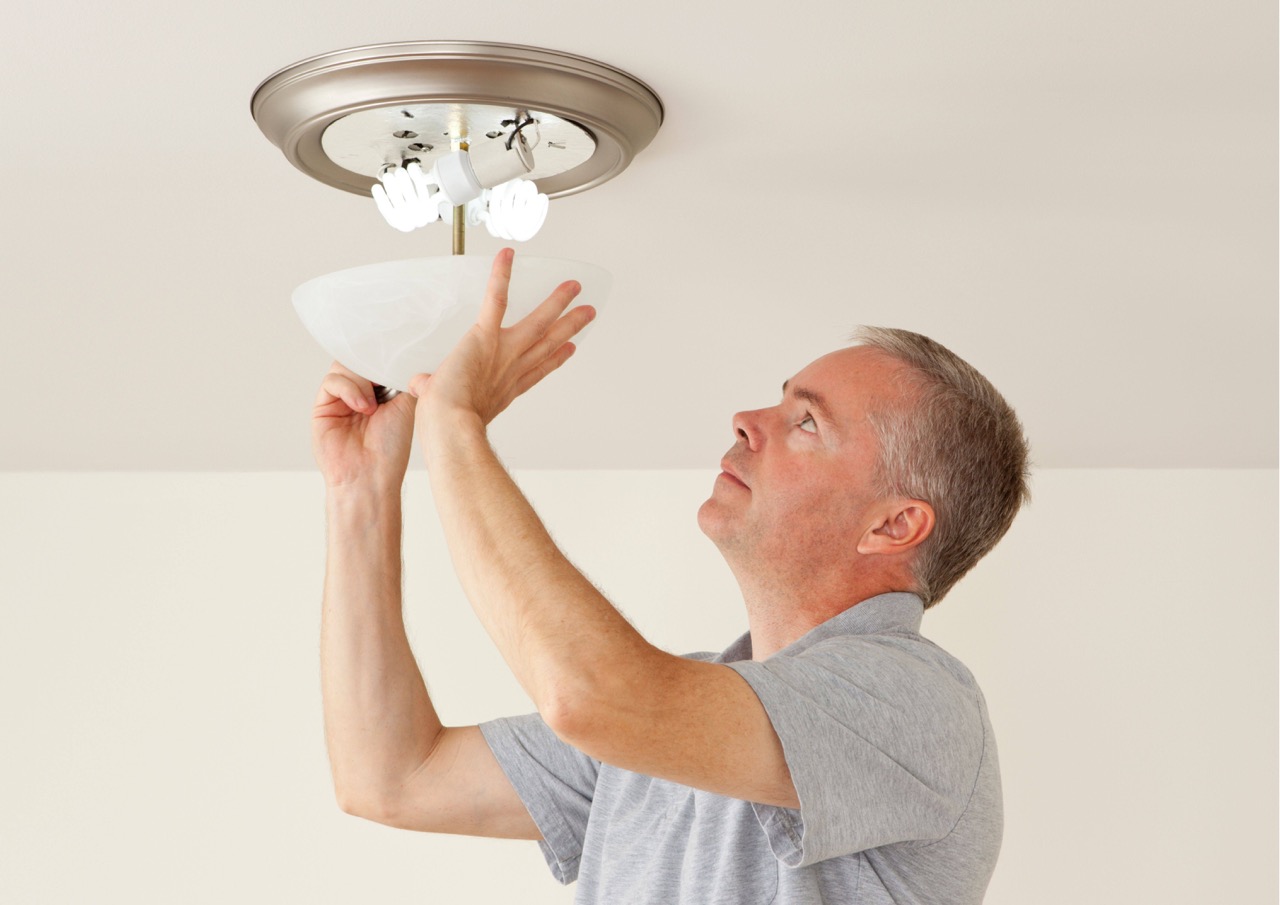
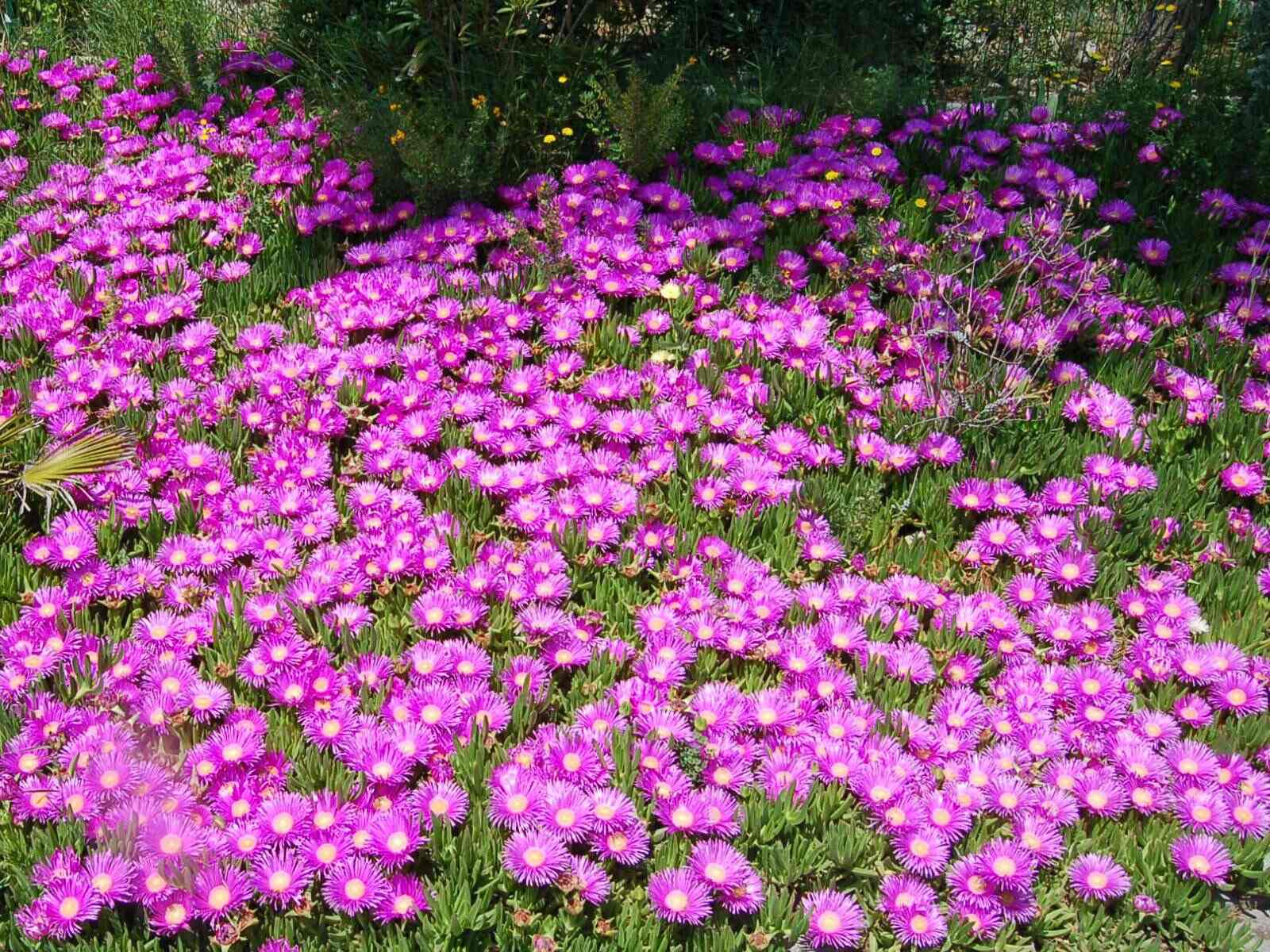
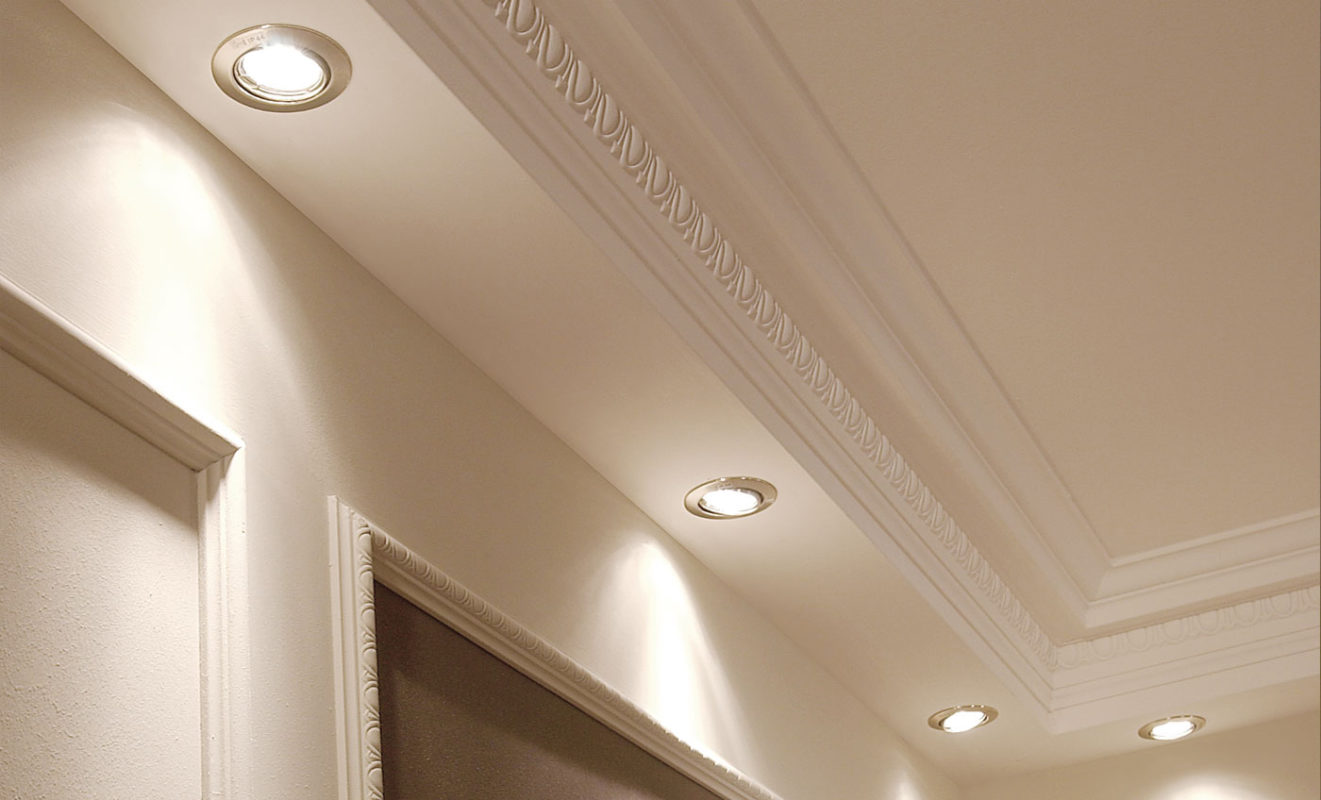
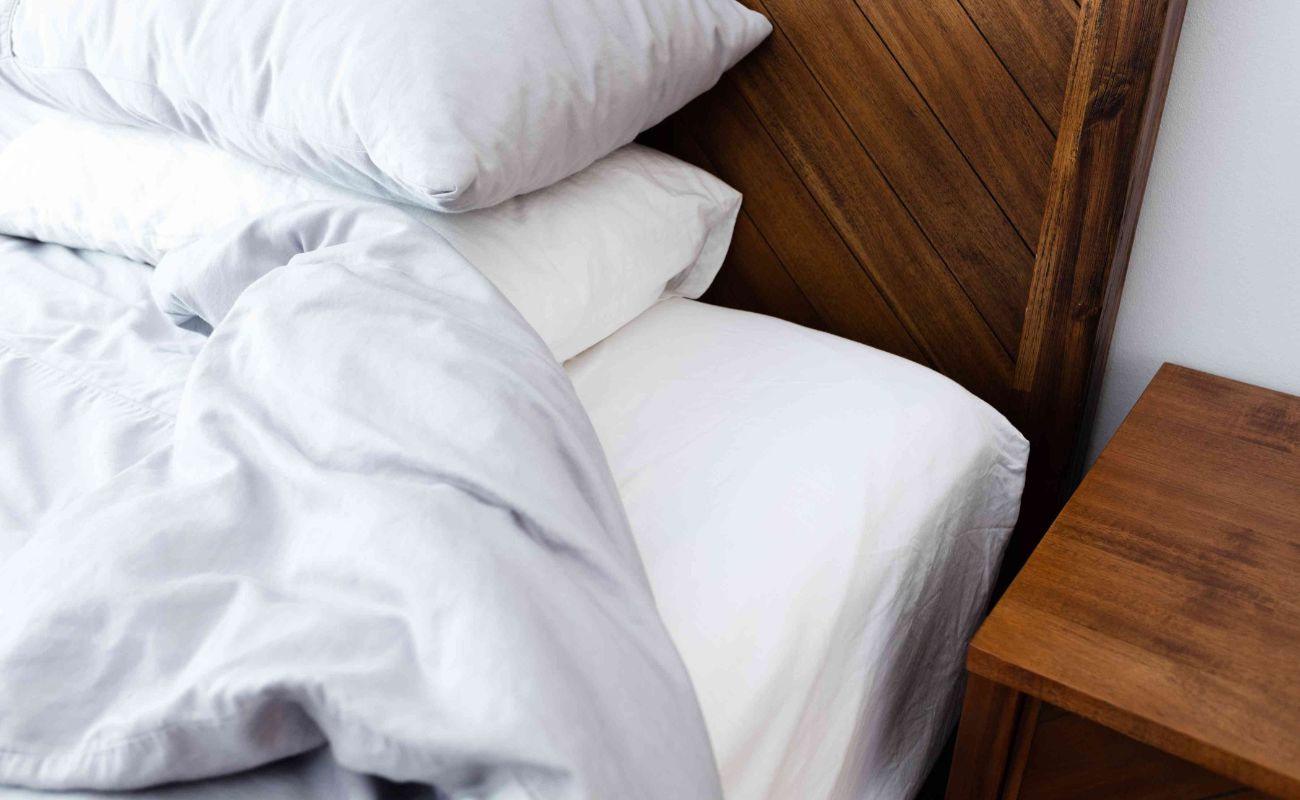

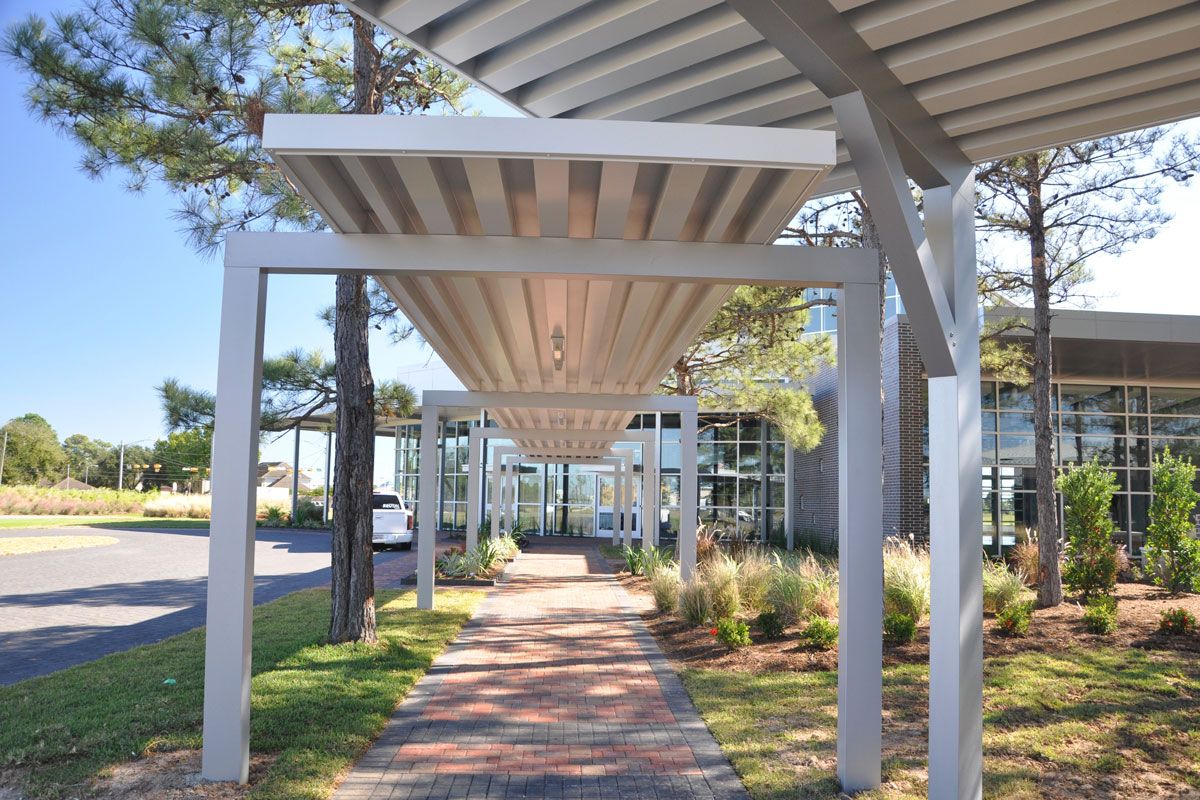
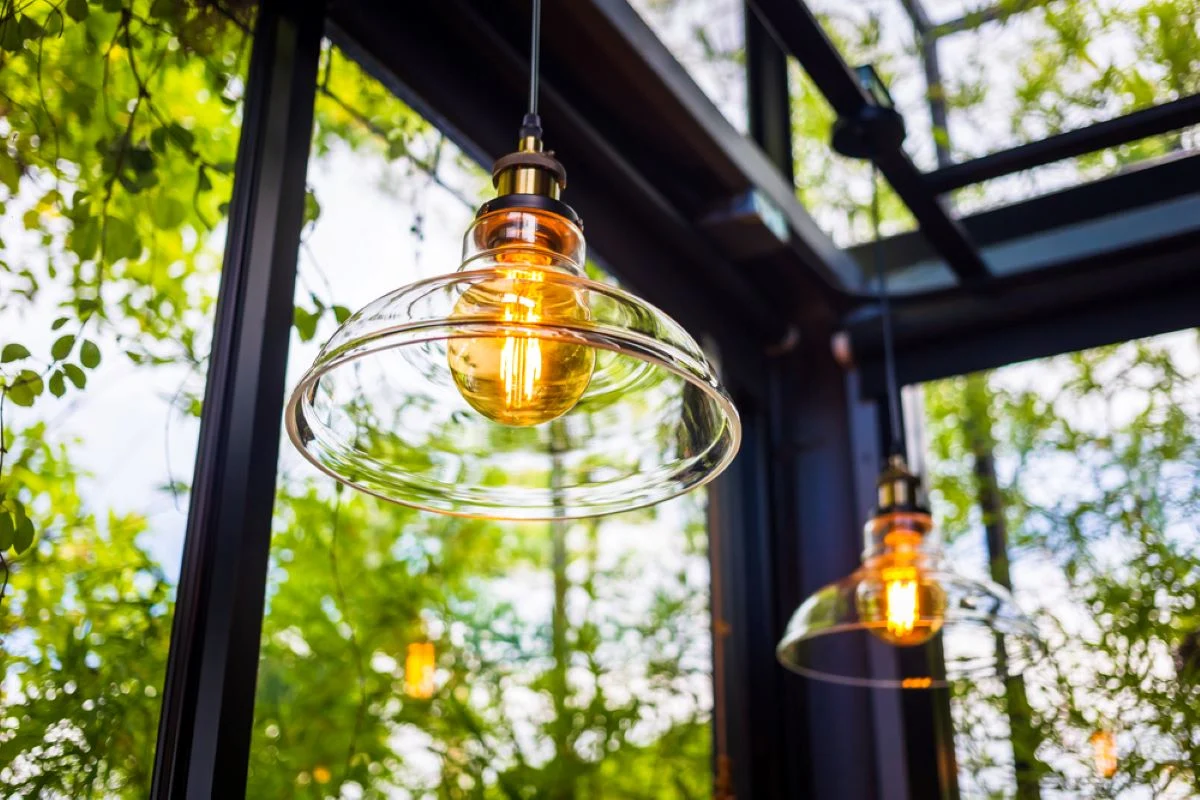
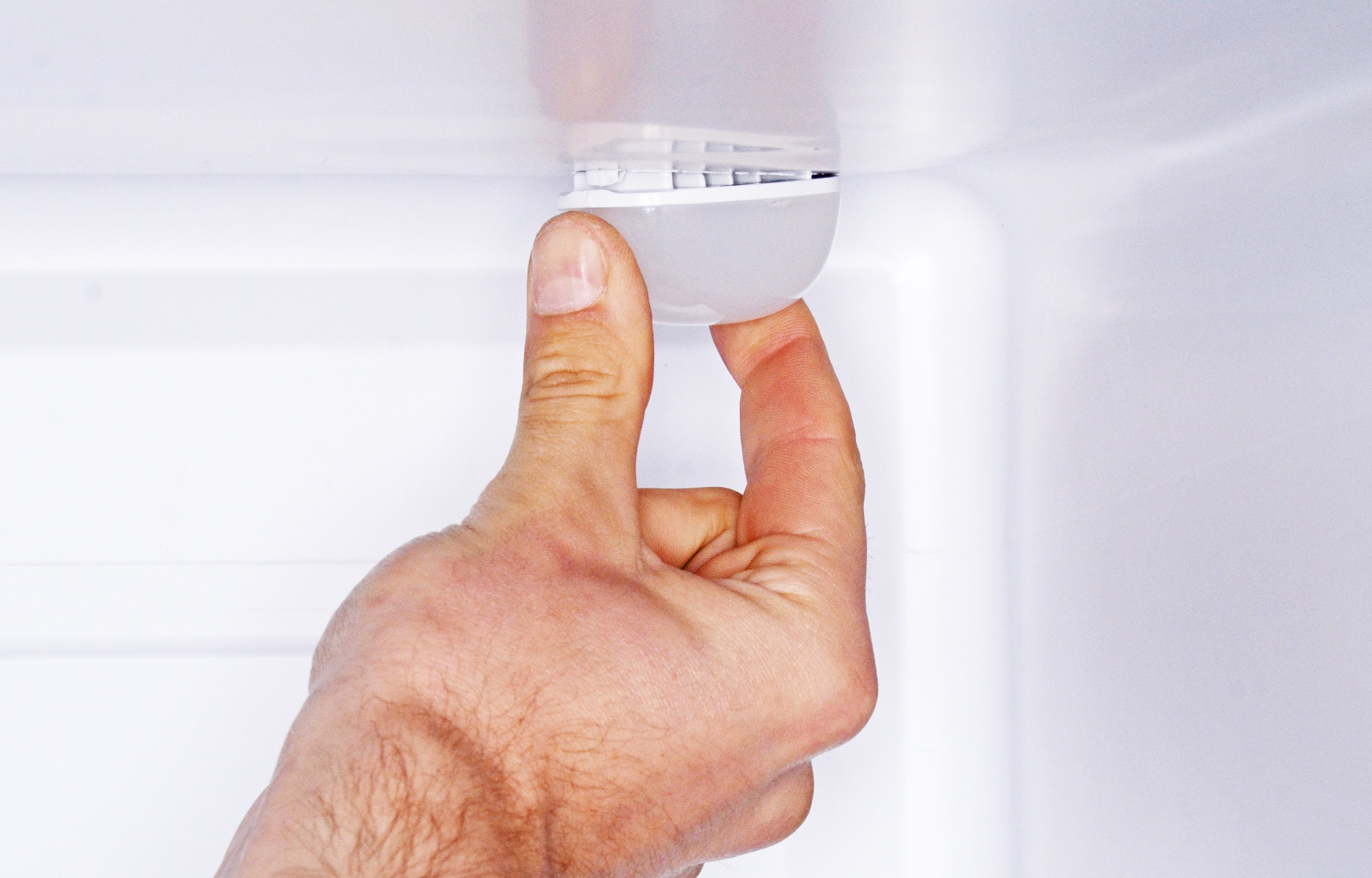
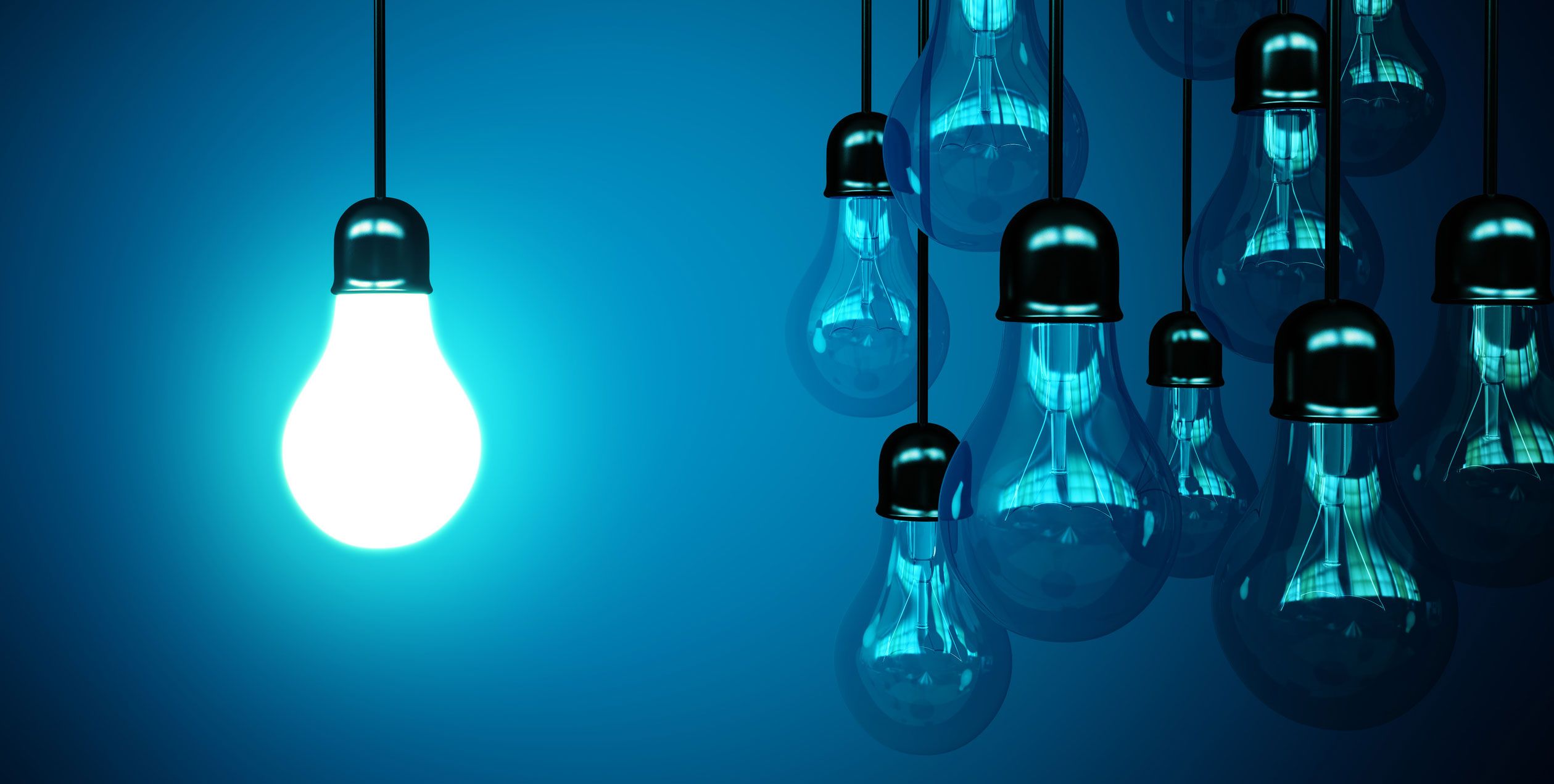
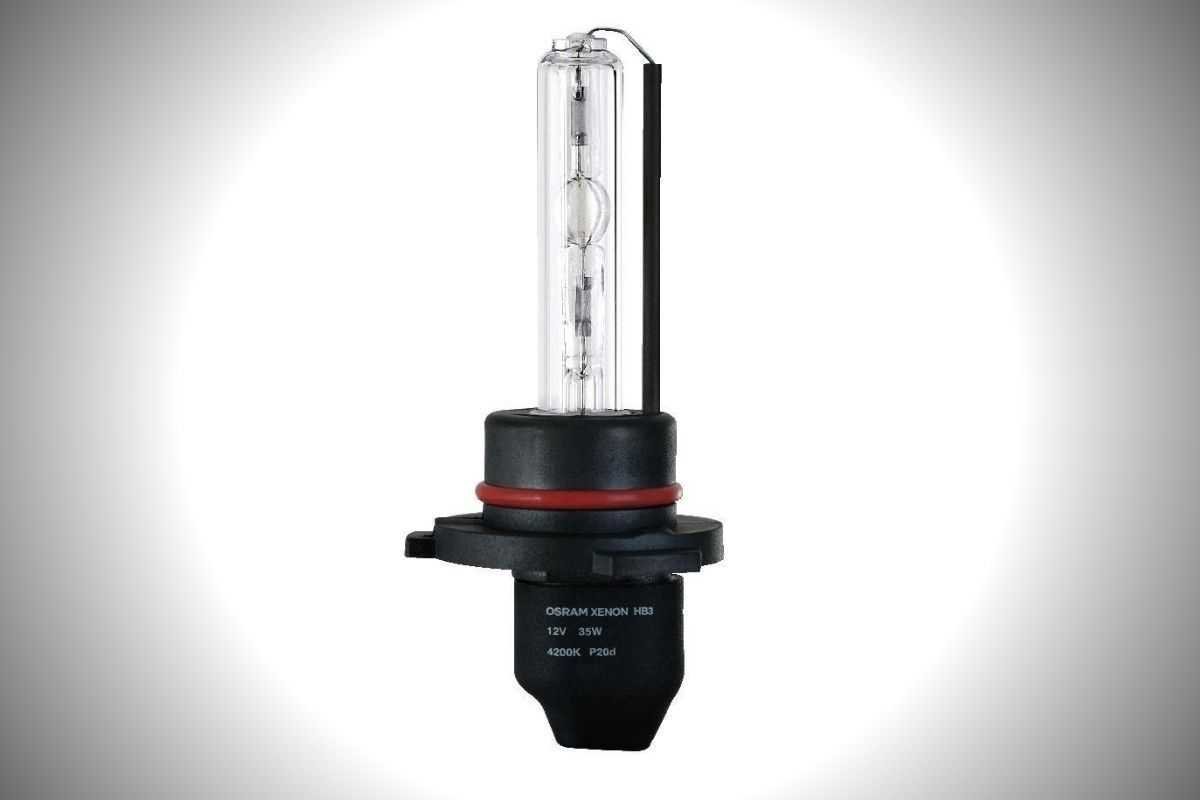
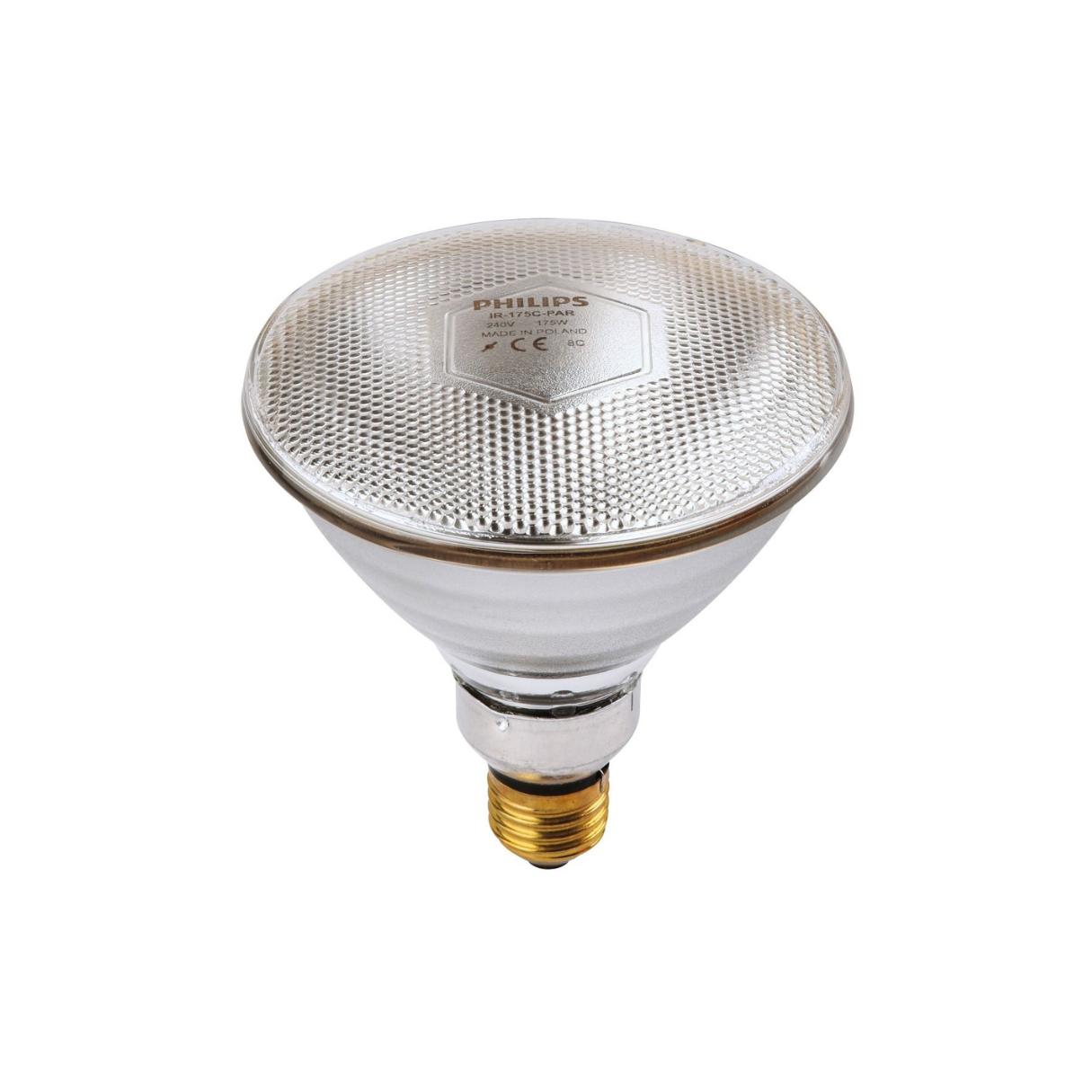
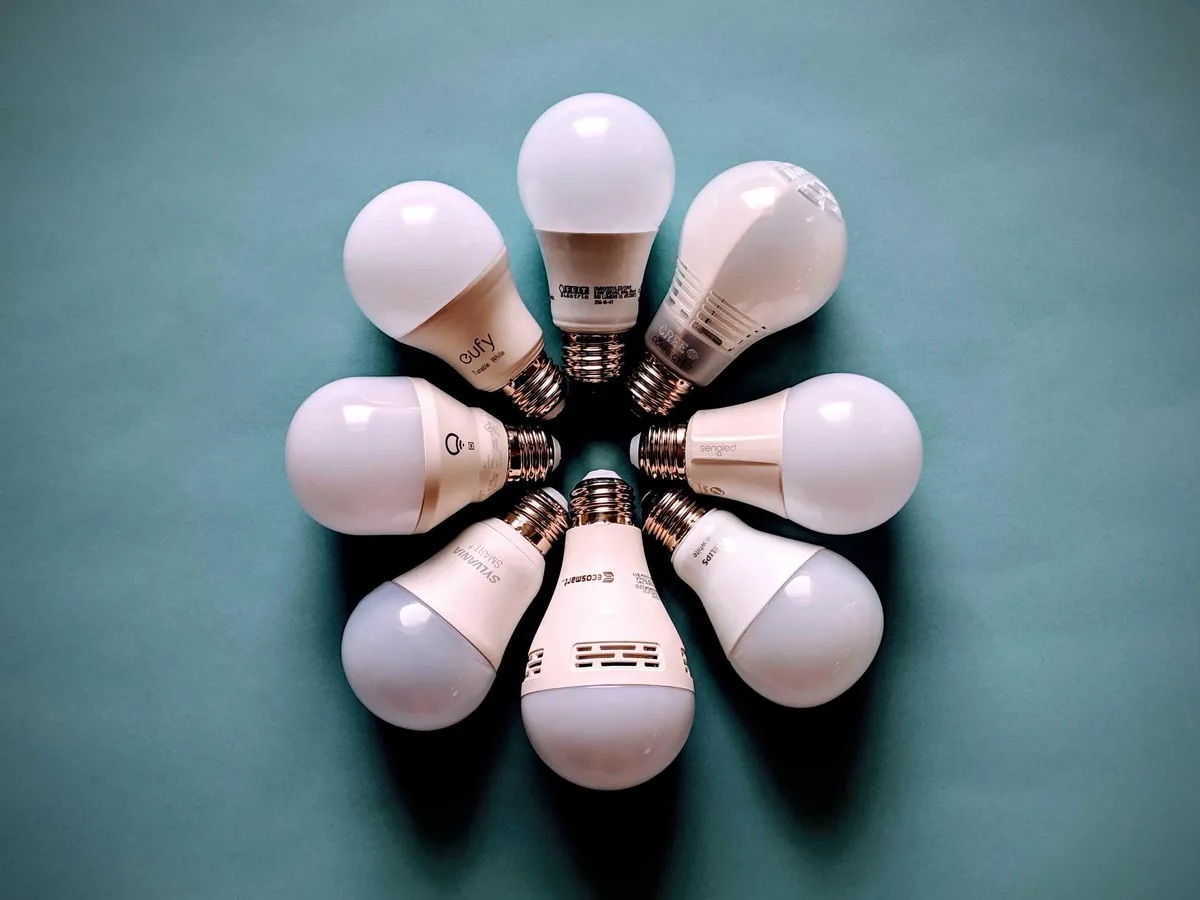
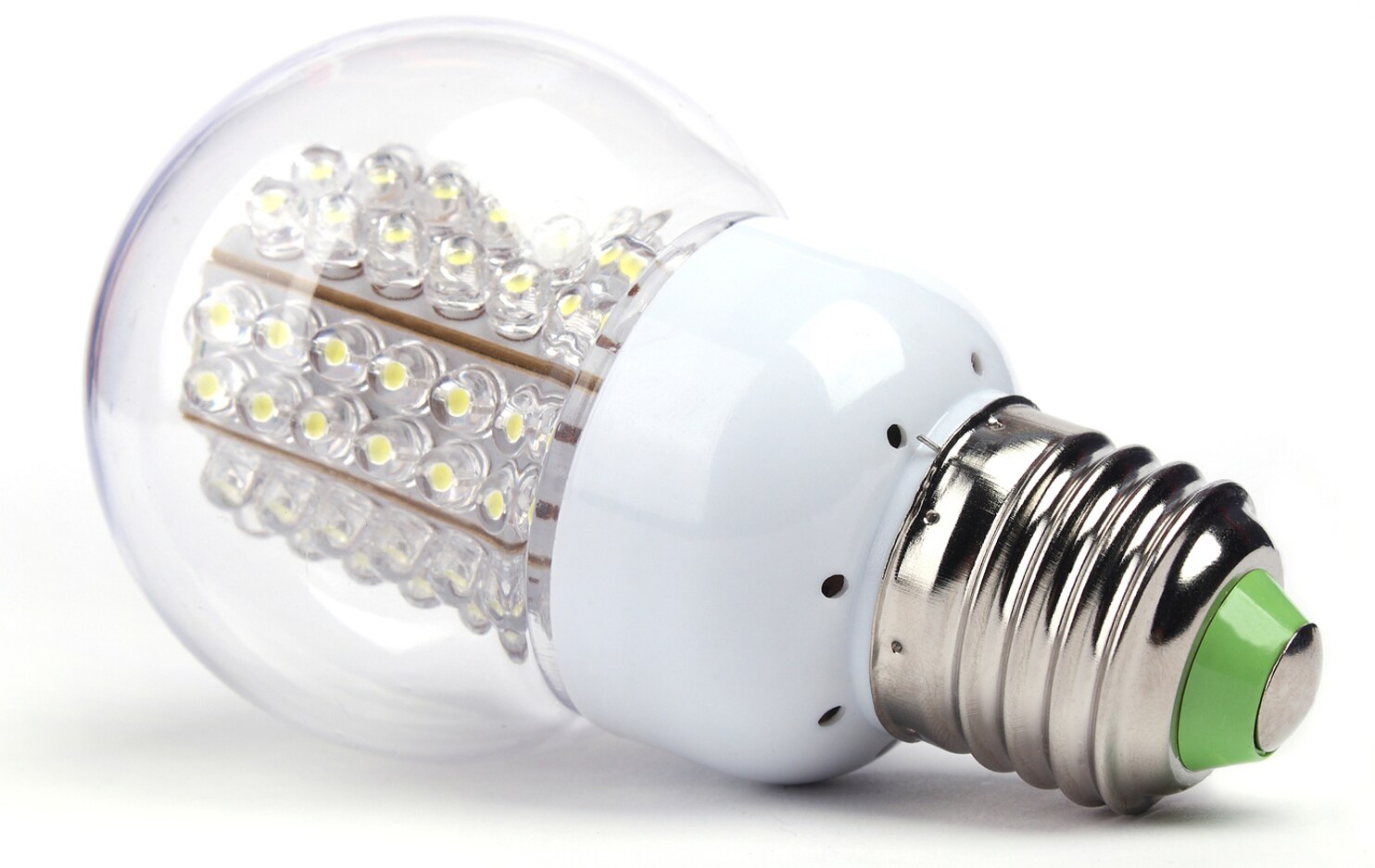
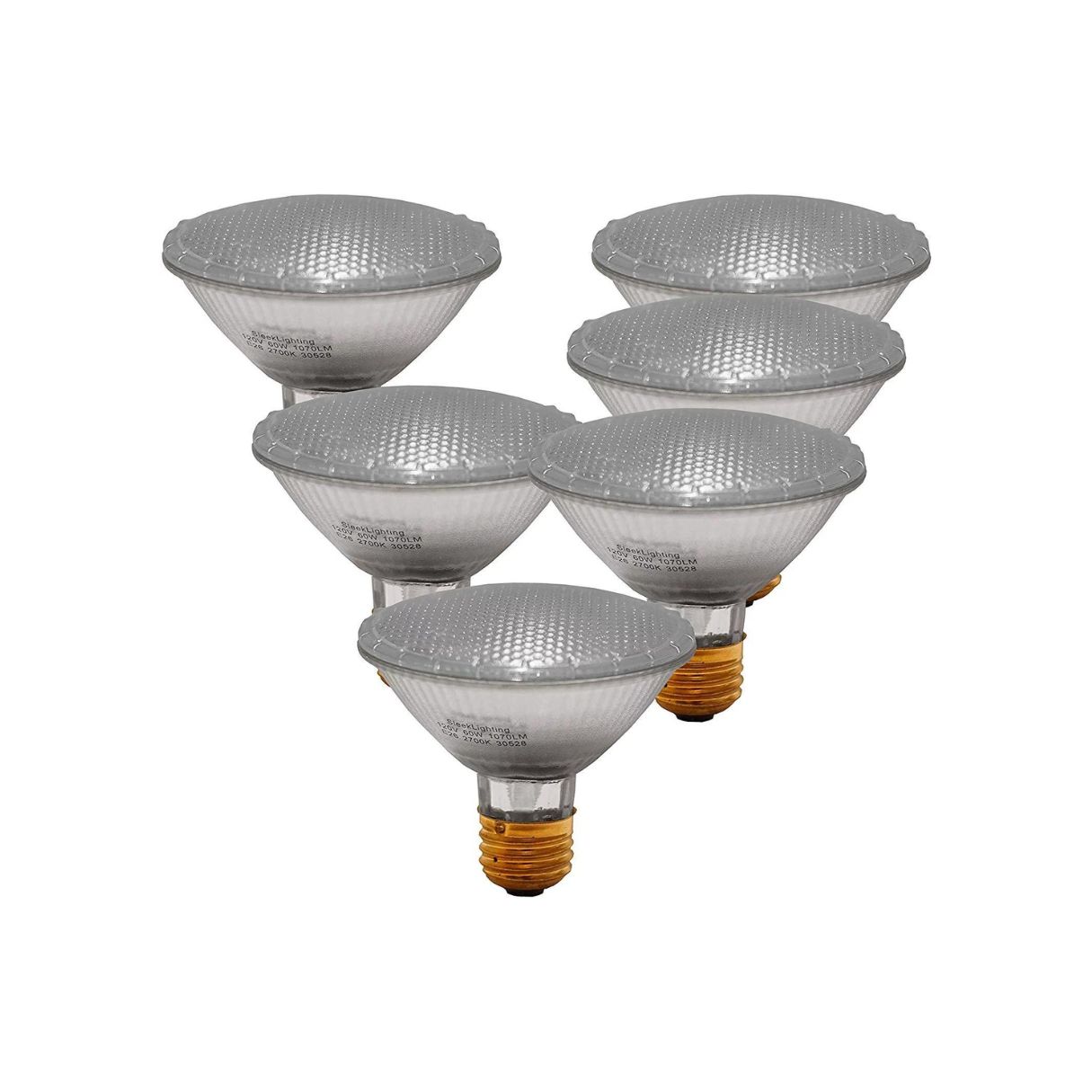

0 thoughts on “What Is A Light Bulb Cover Called”